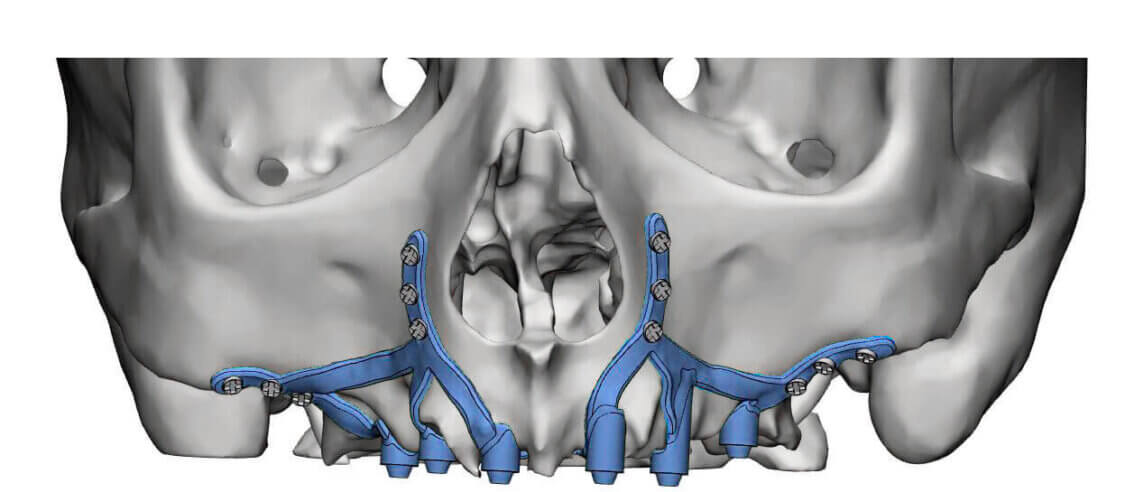Subperiosteal dental implants are a type of dental implant used to support artificial teeth when there is not enough healthy bone available to support traditional dental implants. Unlike implants, which are placed directly into the jawbone, subperiosteal implants are placed above the bone and below the gum tissue.
The subperiosteal implant consists of a metal framework that is custom fitted to the patient's jaw or jaw bone and gum tissue. The metal framework is placed over the bone and held in place with small metal posts that penetrate through the gum and into the underlying bone. As the gum tissue heals, it adheres to the metal framework and helps hold it in place.








